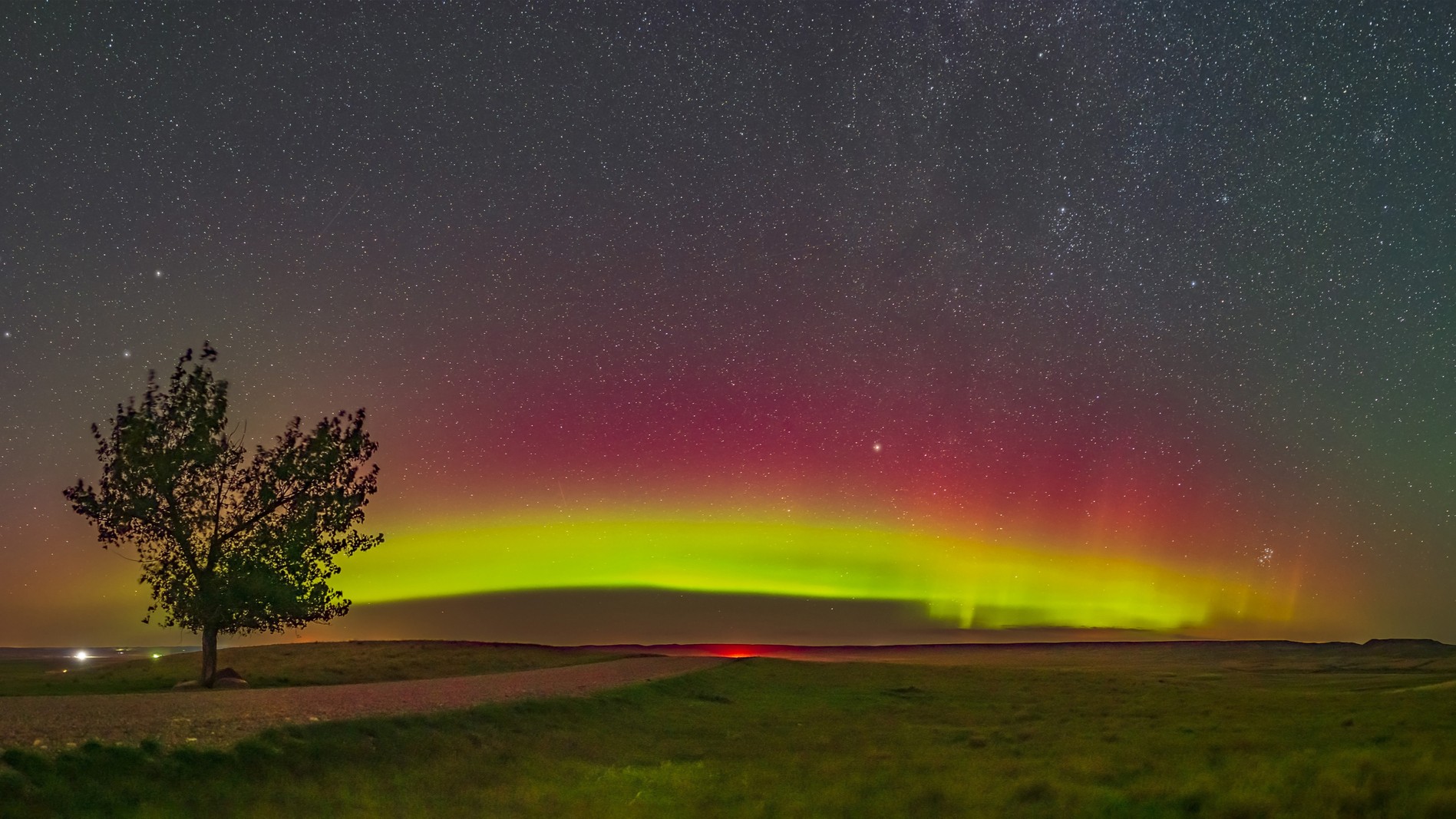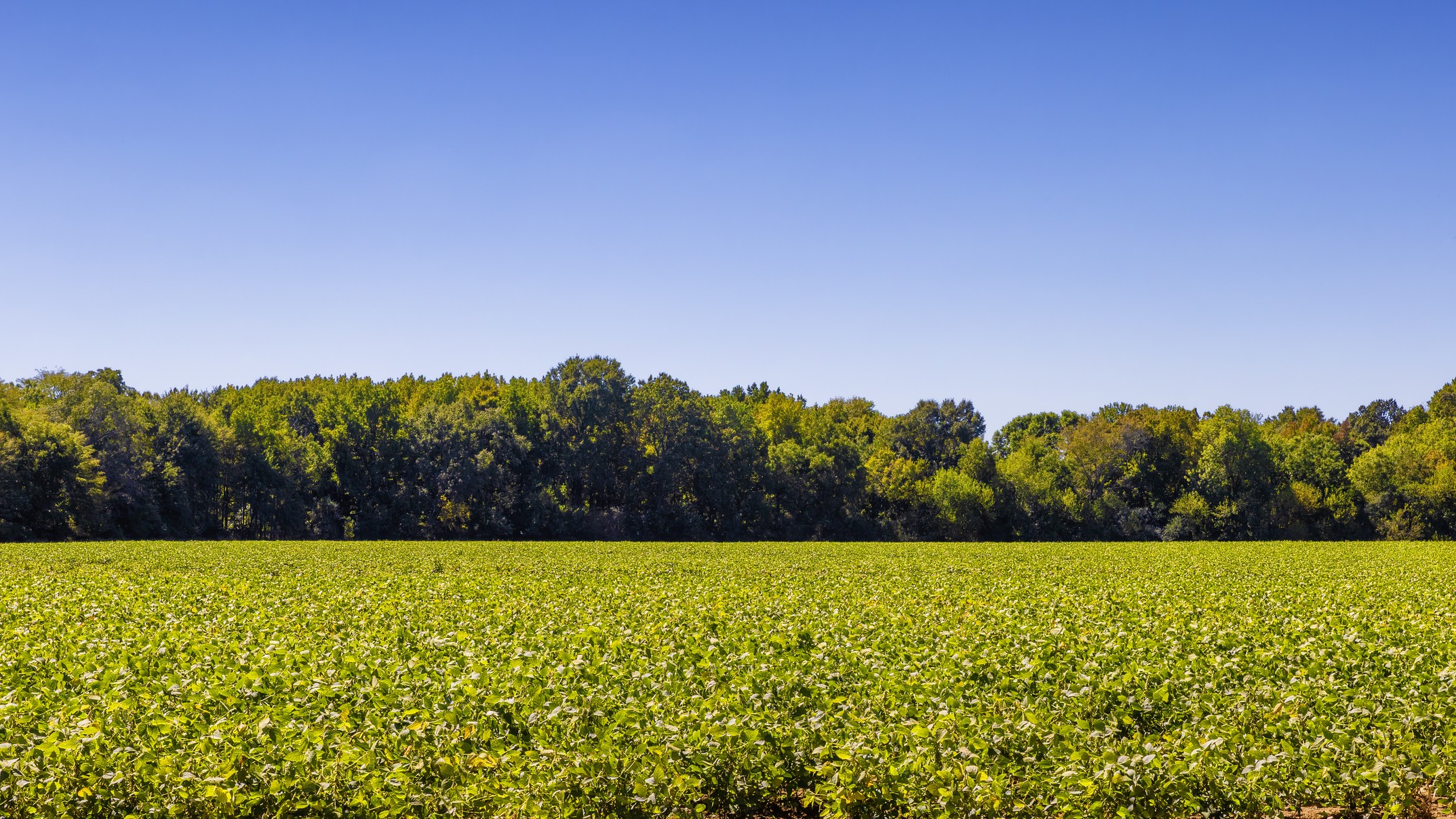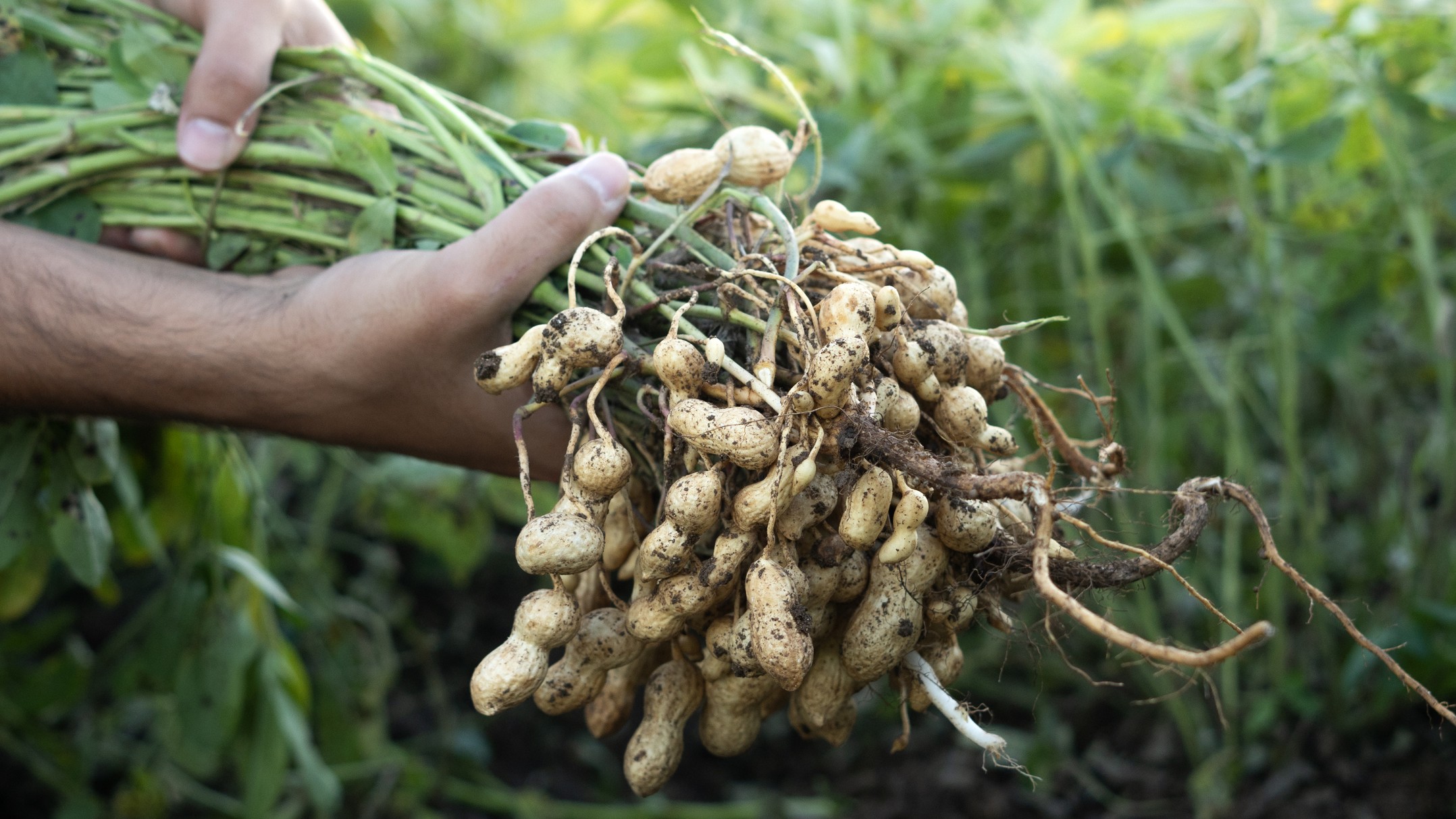How the sun threatens your nuts: Inside the $100 million solar storm peanut problem
Solar storms don't just trigger impressive auroras; they can scramble the GPS systems U.S. farmers rely on.

With solar activity likely to remain elevated for the next couple of years, more powerful geomagnetic storm events are possible. The northern lights may grab the headlines, but it's the invisible GPS turbulence that can disrupt our technological world and determine the fate of your next peanut butter sandwich.
Charged particles hurled toward Earth from the sun can trigger geomagnetic storms that light up the sky with brilliant northern lights, but they can also quietly interfere with the satellites and GPS signals our modern world relies on. Space weather can ground airline flights, cancel rocket launches, distort radio signals, confuse navigation systems, and, as in May 2024, even cause farmers' tractors to act like they are demon-possessed.
For a majority of us, a GPS hiccup is just a momentary annoyance. But for farmers in the southeastern United States, a poorly timed outage can mean huge financial losses and lost harvests, especially for one major crop: peanuts. The risk became very real on May 10, 2024, when the first G5 geomagnetic storm in over 20 years, known as the Gannon Storm, triggered incredible auroras and caused GPS-guided tractors in the U.S. to veer off course. Farmers reported issues with their autoguidance systems, including jolting, freezing, and steering problems. For peanut growers, who rely on ultra-precise GPS to plant and harvest their crop from belowground, the timing couldn't have been worse.
Agricultural economist Terry Griffin, based in Kansas, has been studying what happens when solar storms collide with agriculture. His latest research, currently under peer review, reveals just how much a major space weather event can cost and why peanuts are so vulnerable.
Why peanuts are a special kind of GPS problem
Many crops now depend on satellite navigation, but peanuts are particularly reliant. Once the peanut plant canopy grows, the peanuts are hidden underground and farmers can't see where the rows are anymore.
That's why peanut farming depends so heavily on RTK GPS (real-time kinematic GPS), which provides sub-centimeter accuracy and crucially, preserves that accuracy months later.


"It's imperative that we measure the planting progress, or the planting path with RTK GPS," Griffin told Space.com in an interview. "Sub-centimeter accuracy is really important and RTK provides us that accuracy months or even years later."
Breaking space news, the latest updates on rocket launches, skywatching events and more!
If RTK signals degrade during planting or digging, farmers can't follow rows they cannot see, and yields take a hit.
"If we do not have our RTK GPS, we're going to lose at least 11% of production by just leaving nuts in the ground," Griffin said.
When Gannon Storm hit Earth, it did so at a crucial time of the year for U.S. agriculture. It struck during peak planting season.
"When May 2024 rolled around, we had this G5 storm, it was a perfect storm," said Griffin. "The Gannon Storm happened at the perfect time to be a big deal. If it had happened a month earlier, it wouldn't have been a big deal. So, timing of the year is really important."
The million-dollar choice: Keep planting or wait?
When Global Navigation Satellite System (GNNS) outages strike, peanut farmers face two costly options: continue planting without RTK, but risk misaligned digging months later and an 11% yield penalty; or stop planting and wait, but risk a 'biological penalty' as the crop loses precious growing time. Peanuts, like most plants, need a certain amount of warmth, called the 'heat-unit accumulation,' to move through their growth stages and produce high-quality fruit. "We only plant a few weeks in the year, and if we delay a week early on in the season, it's not a big deal, but if we delay that week later in the season, it is a big deal," Griffin said.
Griffin's modeling shows that mistimed decisions during GPS outages, such as farmers planting when they should wait or waiting when they should plant, could put over $100 million worth of peanut production at risk across the southeastern U.S. In the worst-case timing scenarios, nearly 262 kilotons (577 million pounds or 262 million kg) of peanuts destined for human consumption could be lost.
The need for 'duration nowcasts'
Right now, farmers rarely know whether a GPS outage is going to last two hours or two days. That uncertainty forces farmers to resort back to their default, which may be to continue or it may be to wait; each producer is different.
Griffin proposes a new kind of forecast: duration "nowcasts," which will provide short-term predictions telling farmers how long RTK-level GPS will be unavailable.
"If we have an ongoing RTK GPS outage, it may help us answer the question, 'how long will this outage last?'" Griffin said. "It would inform them of what their best decision is and it would have tremendous value for that peanut farmer."
Griffin's analysis showed that waiting was the optimal decision early in the planting window, while continuing with operations was favored later. According to his estimates, the accuracy of space weather nowcasts could be worth $20 million annually for Georgia alone, and $33 million for the broader U.S. Southeast, roughly 5% of total peanut crop value, and more than double the economic value typically attributed to terrestrial weather forecasts.
Farmers check weather forecast apps constantly, Griffin noted, which is why he believes space weather alerts should be delivered through the tools they already rely on.
"Farmers religiously look at the weather apps all the time … So piggybacking with two types of weather makes a lot of sense," Griffin said.
He added that it would also be useful to have an in-cab warning system in tractors and other equipment consisting of a simple alert that tells farmers when their GPS signal isn't trustworthy.
The turning point
The May 2024 Gannon Storm marked a turning point for agriculture. As Griffin puts it, "May 9 was a different world than on May 11. On May 11, the awareness dramatically increased." Before that weekend, the idea of a widespread GPS outage sounded far-fetched to many. Griffin remembers presenting the scenario at a conference, "the crowd sort of giggled, like you know, this is never going to happen."
The May storm also revealed something deeper, as this was the first time modern agriculture had ever truly experienced a strong solar storm. High-precision GPS wasn't widely used on farms until the end of Solar Cycle 23, and the following Solar Cycle 24 brought about almost no major disturbances. That meant the U.S. had never seen what a severe geomagnetic storm could two to two-thirds of the nation's planted acres that now rely on satellite navigation. All that changed in Solar Cycle 25. The May 2024 event, the strongest geomagnetic storm in over 20 years, became the first real-world test of how space weather affects GPS-guided planting, digging and harvesting.
For Griffin, the next step is preparation. Compared with terrestrial weather, "we know very little about space weather", he said, and many farmers had never even heard the term until their tractors began acting up. But with new satellites such as NOAA's SWFO-L1 satellite observatory, along with NASA’s Interstellar Mapping and Acceleration Probe (IMAP) and Carruthers Geocorona Observatory set to improve monitoring and forecasts, scientists hope to deliver something agriculture has never had before: clear, actionable guidance on how long a GPS outage will last and what farmers can do.
"If we can make forecasts that are usable for end users, that's going to be a huge step forward," Griffin said.

Daisy Dobrijevic joined Space.com in February 2022 having previously worked for our sister publication All About Space magazine as a staff writer. Before joining us, Daisy completed an editorial internship with the BBC Sky at Night Magazine and worked at the National Space Centre in Leicester, U.K., where she enjoyed communicating space science to the public. In 2021, Daisy completed a PhD in plant physiology and also holds a Master's in Environmental Science, she is currently based in Nottingham, U.K. Daisy is passionate about all things space, with a penchant for solar activity and space weather. She has a strong interest in astrotourism and loves nothing more than a good northern lights chase!
You must confirm your public display name before commenting
Please logout and then login again, you will then be prompted to enter your display name.

